Get Fit for High Altitude Treks – A Beginner’s Guide
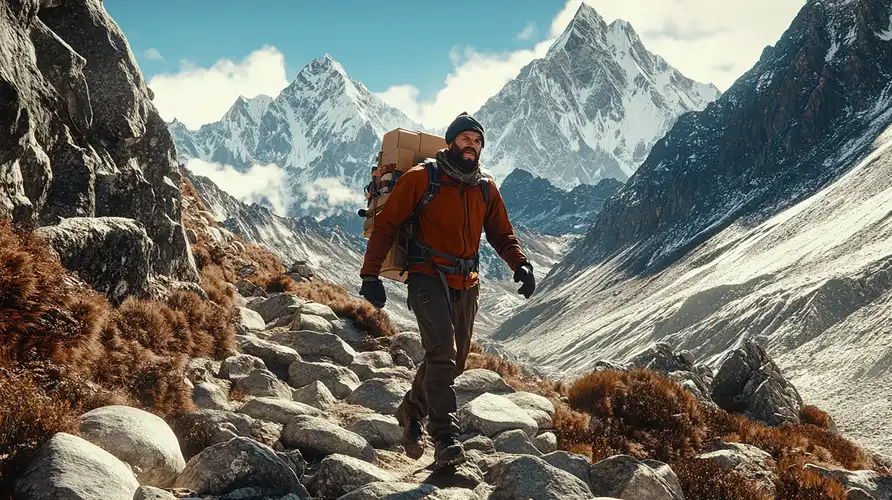
Get fit for high altitude treks with our beginner’s guide! Learn essential tips on building strength, endurance, and stamina for your next mountain adventure.
You will be surprised to know that the oxygen level at 18,000 feet is only about half of what you breathe at sea level. High-altitude trekking can put your body through extreme stress.
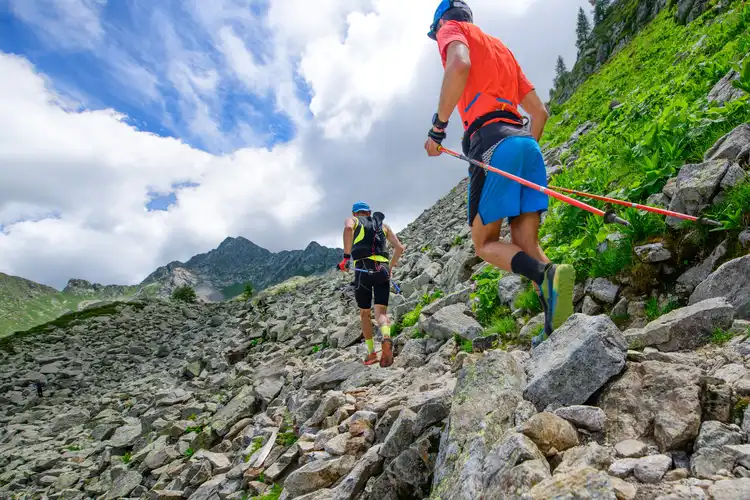
12 Trekking Secrets Every First-Time Trekker Needs to Know Before Hitting the Trails
In fact, 30% of first-time high-altitude trekkers experience symptoms of altitude sickness! high altitude fitness incline village, the key to success lies in physical preparation.
Here’s a comprehensive guide to help you get fit for high-altitude treks and enjoy every step of the way.
Get Fit for High Altitude Treks: Why Fitness Matters for High Altitude Treks
High-altitude trekking is no ordinary walk in the park. As the altitude increases, the oxygen levels drop, leaving your heart and lungs working overtime to keep you moving. Add to that steep climbs, rough terrain, and unpredictable weather, and it’s clear why proper preparation is essential. Training well in advance can make all the difference between a successful trek and one cut short by exhaustion or injury.
Cardiovascular Endurance: The Heart of Your Training
To get fit for high altitude treks, cardiovascular endurance is crucial. Your heart has to pump harder as oxygen levels decrease with altitude, which is why building up your endurance beforehand is essential.
Training Tip:
Start by jogging or brisk walking at least three to four times a week. Aim to run 5 kilometers in 40 minutes, which is a good benchmark. If you’re new to running, begin with shorter distances and gradually increase your mileage. Include stair-climbing or hill workouts to simulate the uphill sections you’ll face during the trek.
Why This Matters:
Get Fit for High altitude treks often involve walking for hours at a time. Jogging helps improve your lung capacity and heart function, which will allow you to maintain stamina during long uphill climbs.
Strength Training: Building Leg and Core Strength
Strength training is another vital aspect of preparing for a high-altitude trek. Your legs will bear the brunt of the journey, and your core will help maintain balance on uneven terrain.
Training Tip:
Incorporate exercises like squats, lunges, and step-ups into your routine to strengthen your thighs, glutes, and calves. Focus on building up to 3 sets of 15-20 reps. Don’t forget to include core exercises like planks and crunches, which will help you stay balanced on tricky terrain.
Why This Matters:
Trekking involves steep ascents and descents on rugged paths, sometimes with snow or rocks. Strong legs and a solid core will allow you to handle these challenges while reducing the risk of injury.
Altitude Simulation: Prepare Your Body for Thin Air
One of the most challenging aspects of high-altitude trekking is acclimatizing to the lower oxygen levels. Training in a low-oxygen environment isn’t practical for everyone, but you can simulate the effects of altitude by pushing your body to its limits during your workouts.
Training Tip:
Incorporate high-intensity interval training (HIIT) into your routine. This type of workout involves short bursts of intense exercise followed by recovery periods. HIIT mimics the physical strain you’ll experience at high altitudes and helps your body adapt to lower oxygen levels.
Why This Matters:
At high altitudes, you’ll be taking frequent breaks to catch your breath. HIIT prepares your body for these surges of effort, followed by brief periods of recovery.
Flexibility and Mobility: Essential for Long Treks
Trekking for long hours means putting constant strain on your muscles and joints. To prevent injuries, it’s crucial to work on flexibility and mobility.
Training Tip:
Incorporate yoga or dynamic stretching into your fitness plan. Focus on stretches that target your calves, hamstrings, and hip flexors. Doing this will help prevent cramping and make the trek more comfortable.
Why This Matters:
Flexibility enhances your range of motion, making it easier to navigate uneven paths and reducing the chance of muscle fatigue and injury during the trek.
Mental Toughness: The Often Overlooked Aspect
Physical fitness is essential, but mental toughness is equally important. High-altitude treks often involve long, grueling days with changing weather and uncomfortable conditions. Staying mentally strong will help you push through tough moments.
Training Tip:
Practice mindfulness and visualization techniques. Picture yourself on the trek, overcoming challenges and enjoying the experience. Meditation or deep-breathing exercises can also help calm nerves and build mental resilience.
Why This Matters:
A high-altitude trek is as much a mental challenge as it is a physical one. Training your mind to remain focused and calm will help you tackle whatever the trek throws your way.
To get fit for high-altitude treks, focus on building cardiovascular endurance, leg and core strength, and mental toughness. Whether you’re tackling the Himalayan peaks or Alps route, proper preparation is key to ensuring a safe and enjoyable trek. Start training at least two months before your trek to build the strength and stamina needed to thrive at high altitudes.
With the right preparation, you’ll not only conquer the trail but also fully enjoy the breathtaking views that high-altitude treks have to offer.
So, lace up your boots, hit the trail, and embrace the adventure!




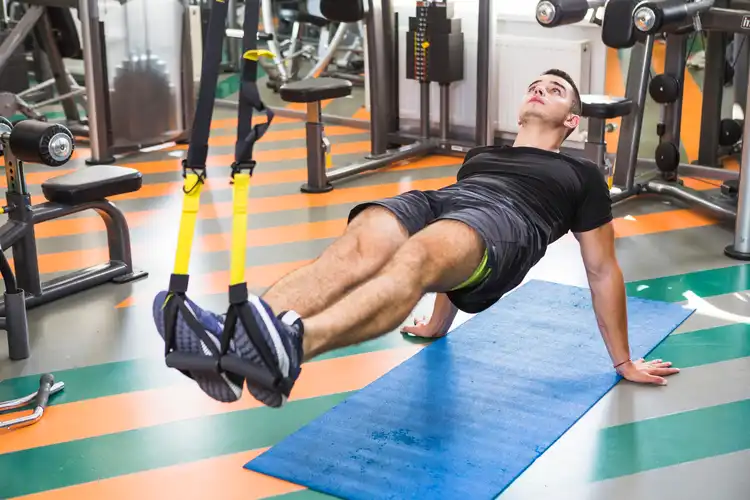
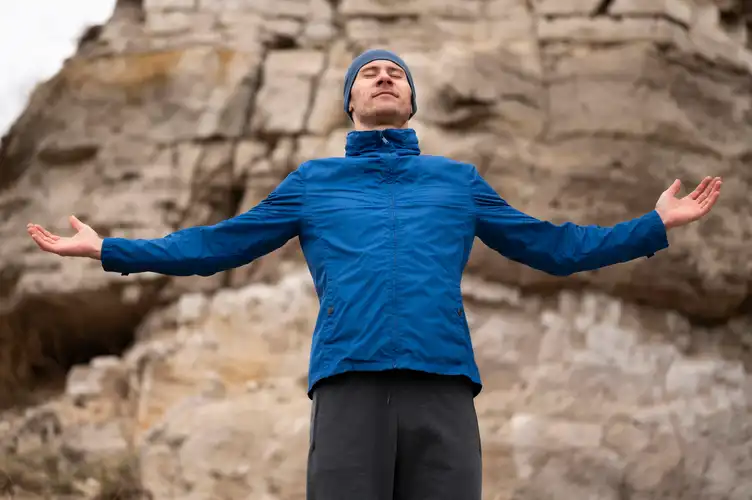

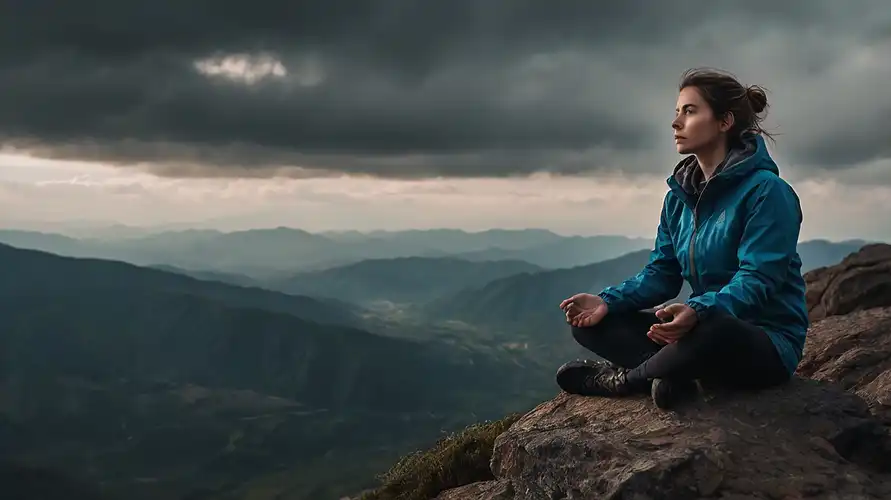
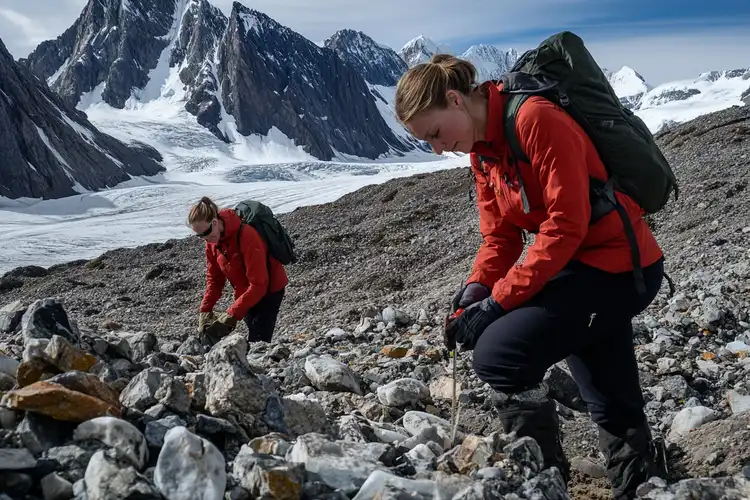
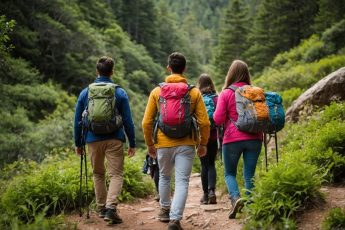


 Welcome to this vibrant corner of the internet “Dreamy Grace!” I'm Partha, the enthusiastic administrator behind this lifestyle blog. Feel free to explore, engage, and share your thoughts—after all, this blog is as much yours as it is mine. Happy reading!
Welcome to this vibrant corner of the internet “Dreamy Grace!” I'm Partha, the enthusiastic administrator behind this lifestyle blog. Feel free to explore, engage, and share your thoughts—after all, this blog is as much yours as it is mine. Happy reading!


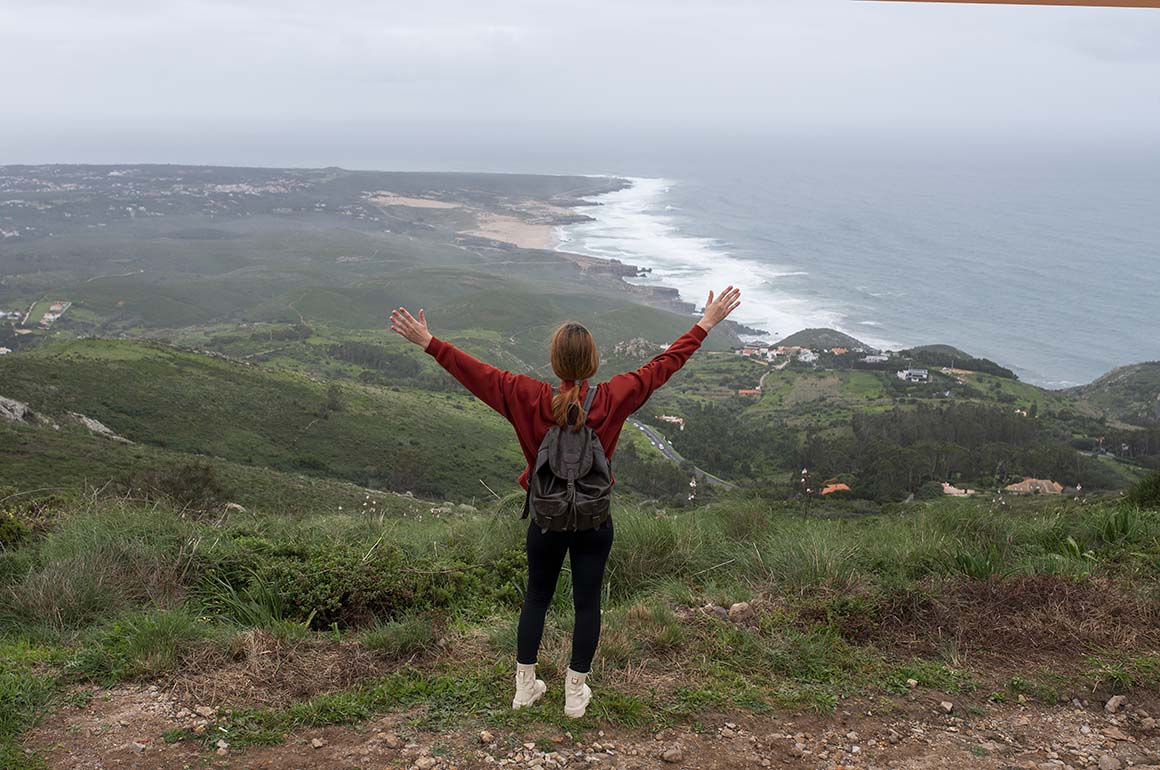






Leave a Comment